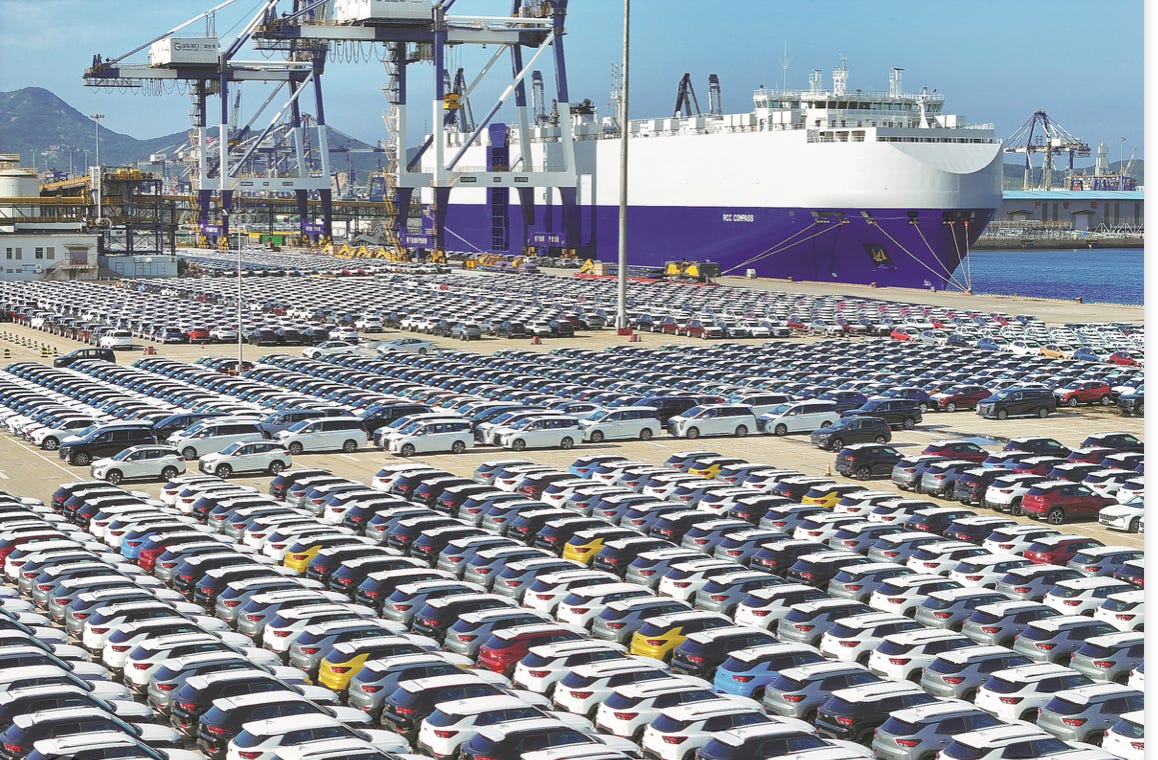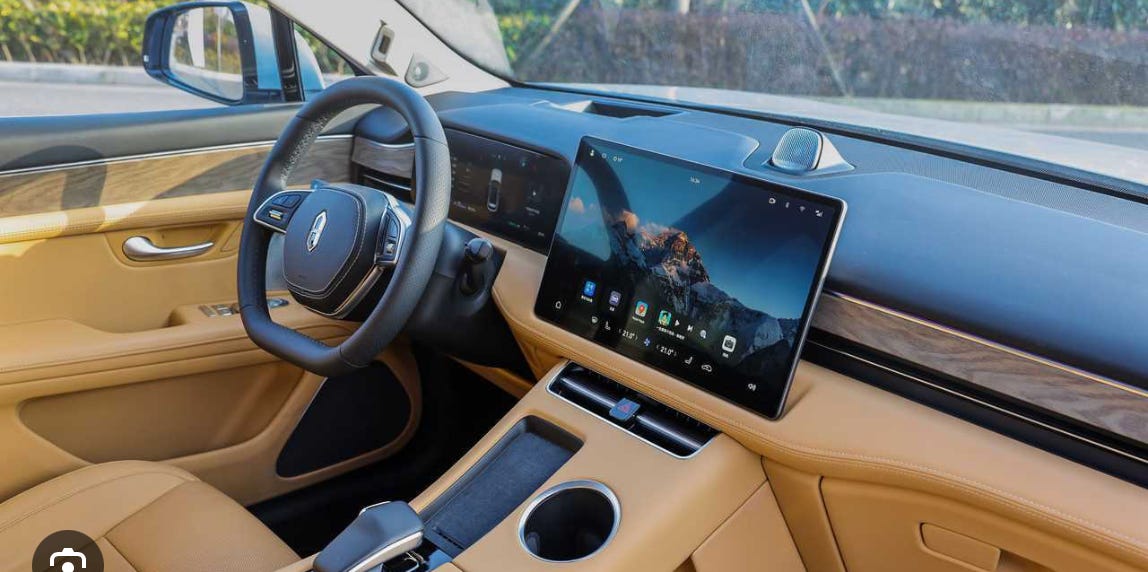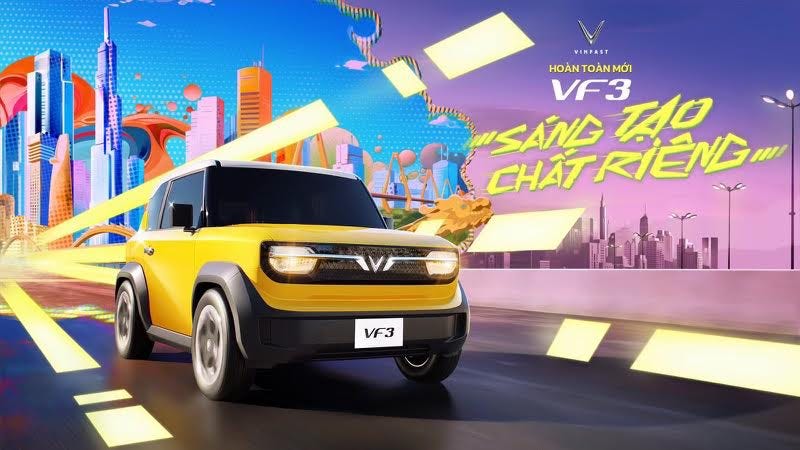When Every Car Is Made in China
Bracing for the ultimate global automotive disruption
When Every Car Is Made in China
Imagine a world in which China builds every single car.
Unthinkable, right? Think again.
China today has enough capacity to manufacture half of the world’s 80 million vehicles. By 2030, China’s capacity could climb to 75% of the world’s volume, according to Global Data.
This year China will export 6 million vehicles to more than 140 countries worldwide, blowing past Japan for global leadership.
Chinese brands like SAIC’s MG, Chery, Geely’s Volvo and BYD are leading the way, winning in every time zone from Brazil to Thailand, from the UK to Australia.
Call it the coming China car colossus.
All Aboard
Of course, we knew Chinese cars would eventually find their way into global markets.
But what makes things alarming is that Chinese brands are only part of the story. Now global automakers are racing to make China the epicenter for global automotive production, too.
• Tesla shipped 344,000 China-built cars to Canada, Australia, Europe and other markets worldwide last year. Link
• GM sends tens of thousands of made-in-China Chevys to Mexico and other markets. Chevy’s six best-sellers in Mexico are all built in China. Link
• Ford has exported more than 100,000 trucks and SUVs from China to Southeast Asia, Africa and the Middle East. The made-in-China Lincoln Nautilus is exported to the US, too. Link
• Stellantis invested $1.7 billion into Leapmotor last year to build Stellantis portfolio brand products for export to worldwide markets.
• Volkswagen, Renault and BMW export huge numbers of made-in-China EVs back to Europe. Link
• Hyundai and Kia will begin selling 200,000 made-in-China cars in their home market and the global markets. Link
• Mercedes exports the Smart brand from China to several European markets including Germany. Link
• Even the ultra-cautious Japanese brands are joining the race. Honda and Nissan will soon start delivering made-in-China products overseas, including (gasp!) to their home market.
This is a problem. Global automakers had set up joint ventures and built massive plants in China to sell to Chinese consumers. With sales of non-Chinese brands there now dropping fast, Americans and Europeans feel that they must convert those plants to ship products to markets worldwide.
Chinese JV partners cannot believe their good fortune: “Look at these easy profits from exporting joint venture products to our partners’ global markets.”
Why is everyone hell-bent on building in China? Simple. Nowhere else can compete when it comes to scale, cost, quality – and subsidies. “We are making record margins on those Chevy exports to Mexico,” one GM executive told me.
Supply Chain Dangers
But there is an even bigger problem with building every car in China: Supply chains.
China has methodically built a monopoly over much of EV production from mining to mineral processing to battery-cell manufacturing. With control of internal combustion engine and as well as EV production, China would dominate a large swath of the industrial inputs crucial to national defense.
Tens of thousands of jobs would disappear. Tax revenues would dive. We would forget how to make thing, even the most basic things. The West would be extremely vulnerable.
Does the idea of utter China domination in autos seem extreme? It’s not. Consider solar panels, where China supplies more than 90% of global demand. Or shipbuilding where China production accounts for more than half of global output. Or so many of our home appliances. Ditto.
Without tariffs, made-in-China cars could overwhelm global markets and crush established automakers.
So What
How will Western political leaders respond?
We got a hint of things this week in Paris where French President Macron met with Chinese leader, Xi Jinping: “France welcomes all industrial projects. BYD and the Chinese industry are very welcome in France.” Translation: We are not going to tolerate imports from China much longer.
Getting Chinese automakers to build in your country might be an option. But it is a harder case to make when your own automakers are manufacturing in China for export back to home markets. As a native of Detroit, it is hard to watch the Detroit 3 commit such massive, self-inflicted damage.
An executive at a major American parts supplier recently described the challenge to me in blunt terms: “Will Western nations have a renaissance of manufacturing innovation at home? Or will we watch our auto companies turn into just logos on vehicles built in China?”
It is time for the West to take things in a new direction. Without decisive action, the future of cars - and critical supply chains - may soon become “all China, all of the time.”
Future Cars & Markets
Electrics
Zeekr to IPO. The newest brand in Geely’s sprawling automotive portfolio, Zeekr, will list on the NYSE on Friday, May 10th.
The company is expected to be valued at just $5 billion, down from $20 billion in early 2023. I test drove the Zeekr 001 last autumn at a track in New York and gave the vehicle high marks for performance, handling, fit and finish. Prices in China start at a very attractive $37,000. Link
Huawei Blows Past Li Auto, NIO. Just when you thought there was no more room for new players in China’s auto industry, enter Huawei. The company targets sales of 600,000 cars in 2024, only its second year of production. For some context, Mazda sold about 360,000 cars in America last year. Link
VinFast Pivot. VinFast sold 10,000 vehicles in Q1 2024. The company aims to deliver 100,000 for the full year. To get there, VinFast plans to appoint up to 100 dealers in America. The flagship VF 9 is joining the VF 8 in American showrooms this month.
I visited with executives at VinFast headquarters in Hanoi and the VinFast plant in Haiphong last month. I saw significant progress on several fronts: The VF 6 and VF 7 are good looking vehicles that could be mistaken for Hyundais or Kias. The plant managers are zealous about quality in every aspect and detail. And the company is developing new initiatives in Thailand, Indonesia and India. This week VinFast announced pricing of its VF 3 starting under $10,000. Link
Batteries / Supply Chains
IRA Impact: EVs and Batteries. The Inflation Reduction act has spurred investments in EVs and battery plants in America totaling $188 billion, according to a report by the Environmental Defense Fund. This takes care of the top layer of battery assembly. Now starts the hard work of building battery supply chains. Georgia, Michigan and North Carolina are leading the way. Link
Advanced Technologies
TSMC Chips and Cultures. Read this fascinating profile of the practical things that get in the way of progress at the TSMC plant in Arizona. TSMC insiders say the key to the company’s success is an intense, military-style work environment. Engineers work 12-hour days, and sometimes weekends too. That is a giant adjustment for most American workers. Link
New Numbers / Milestones
Lucid Earnings. In its earnings call this week, the Newark-based maker of luxury vehicles revealed new highs in revenues but stubbornly high costs, too. The Lucid Air is extremely good, but how many people in the world have heard of it, or taken a test drive? Link
BYD: Exports Are The New Priority. BYD exports jumped to 41,000 units in April, almost 200% higher than the 2023 April number. Link
GM/Detroit Pain in China. GM lost $100 million in the first quarter of 2024, with its market share falling to its lowest level since 2003. Ford has lost a stunning $5 billion in China over the past five years. Link
Are Subsidies the Secret Superpower of Chinese Automakers?
Dr. Ilaria Mazzocco, Center for Strategic and International Studies
Listen to the Driving With Dunne podcast via Apple, Spotify, Amazon or wherever you take your podcasts.
The Dunne Insights Newsletter: Future. Electrics. Global.
Follow Dunne Insights on Twitter, LinkedIn and YouTube.
Visit: www.dunneinsights.com









Putting Greed and Money before national pride obliterates the meaning of nation.
And there it is. The “why” is observable and the outcome inevitable.
“We are making record margins on those Chevy exports to Mexico,” one GM executive told me.”